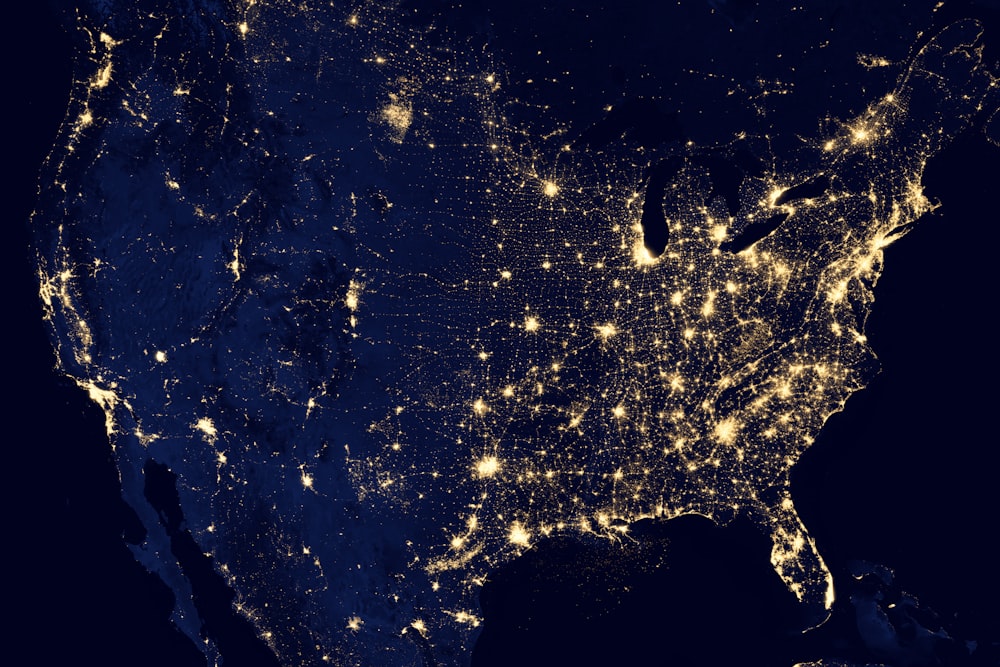 NASA Kids
NASA Kids
where children can explore the Solar System, play space games, and solve challenges
Welcome to our interactive solar system! Here you can explore all the planets in our solar system and learn fascinating facts about each one.
Click on any planet to learn more about its characteristics, distance from the sun, moons, and many exciting facts.
Discover the wonders of our cosmic neighborhood through this interactive experience.
The National Aeronautics and Space Administration (NASA) is an independent agency of the U.S. federal government responsible for the civil space program, as well as aeronautics and space research.
Founded in 1958, NASA has inspired the world with its achievements in space exploration, including landing astronauts on the moon, launching the Hubble Space Telescope, and exploring Mars with rovers.
NASA's program for children aims to inspire the next generation of explorers, scientists, and engineers by providing fun and interactive educational content about space and science.

In our sandbox, you can create your own models, experiment with your ideas, and solve exciting space challenges.
Use our interactive tools to build spacecraft, design orbital paths, and simulate space conditions.
You can also participate in the challenges we regularly offer and compete with other children from around the world.
Don't hesitate to try any idea that comes to your mind - this is a safe place to learn through trial and error!
The sandbox is your creative space to experiment with space concepts. You can:
All your creations are saved automatically, so you can continue your experiments anytime!
Explore SandboxWe envision a world where every child is able to explore the wonders of the universe, understand the fundamentals of science and engineering, and develop a lifelong passion for learning and discovery.
We want to create a new generation of thinkers and innovators who will lead humanity to new frontiers in space exploration and understanding our universe.
Our mission is to inspire and educate children about space science by providing interactive and engaging content suitable for all ages.
We aim to make learning science fun through games, challenges, and interactive simulations that encourage curiosity and critical thinking.
Test your memory with this space-themed matching game! Find all the matching pairs of space objects. The symbols change every time you play!
Click the "Start Game" button below to begin the Space Memory Challenge!
NASA Kids is designed for children aged 6 to 14. However, younger and older children can also enjoy the content with parental assistance or on their own.
Yes, all content on NASA Kids is completely free. We believe that quality education should be available to everyone without financial barriers.
You can participate in challenges by going to the "Challenges" section and choosing the challenge you want to participate in. Then follow the instructions to complete the task and submit your solution.
Absolutely! We encourage users to suggest ideas for new challenges. You can use the "Suggest a Challenge" section to submit your ideas, and we will review them and add them to the site if appropriate.
NASA Kids is a completely safe environment for children. We do not collect personal information from children, and all interactions are moderated to ensure a safe and educational experience.
Yes! We offer printable activities, coloring pages, and DIY projects that children can enjoy offline. Check our "Additional Resources" section for these materials.
We add new content monthly, including new challenges, games, and educational materials. We also update our simulations with the latest NASA discoveries.
Absolutely! NASA Kids is a great resource for educators. We have special lesson plans and classroom activities available for teachers in our "Educator Resources" section.
You can use the contact form in the "Contact Us" section or send an email to kids@nasa.gov. We love to hear your feedback and suggestions!
The Sun is so large that about 1.3 million Earths could fit inside it. It's also about 4.6 billion years old!
The Moon is slowly moving away from Earth at a rate of about 3.8 centimeters per year.
Astronauts can grow up to 2 inches taller in space because there's no gravity compressing their spines.
About 48.5 tons of meteoritic material falls on Earth each day. Most of it burns up in the atmosphere.